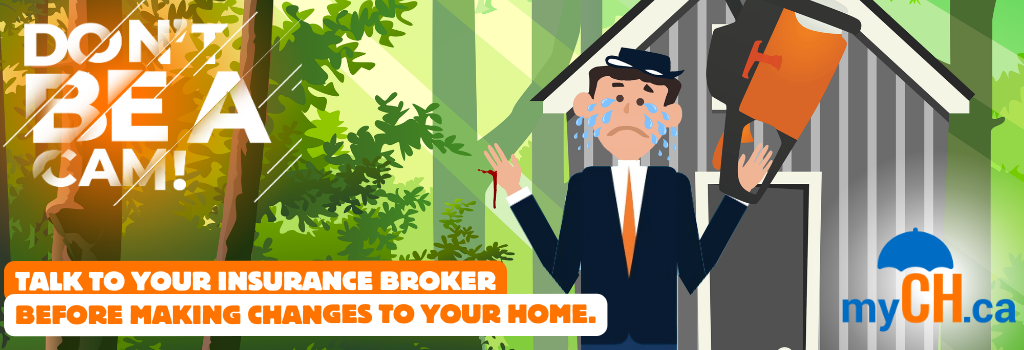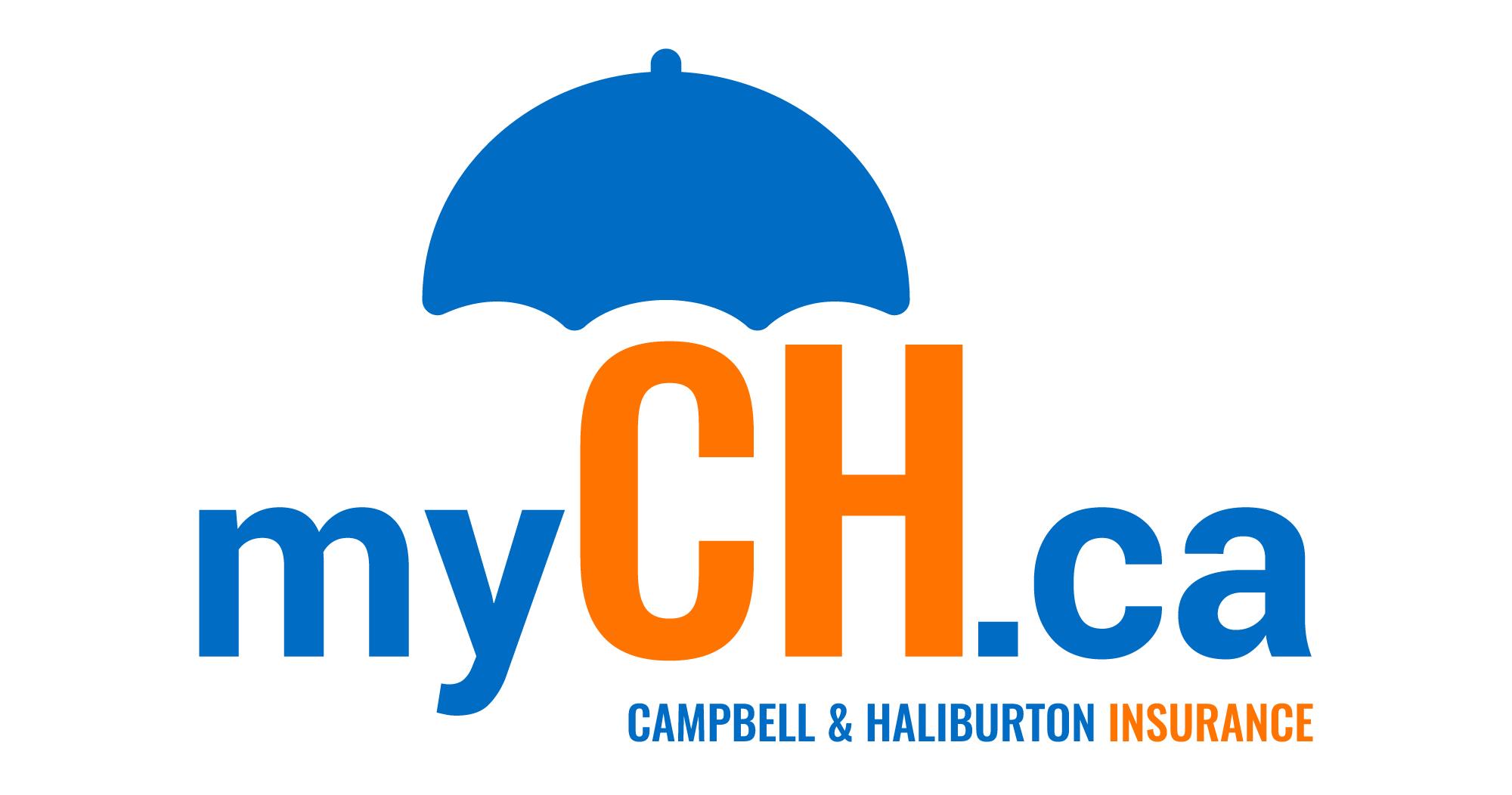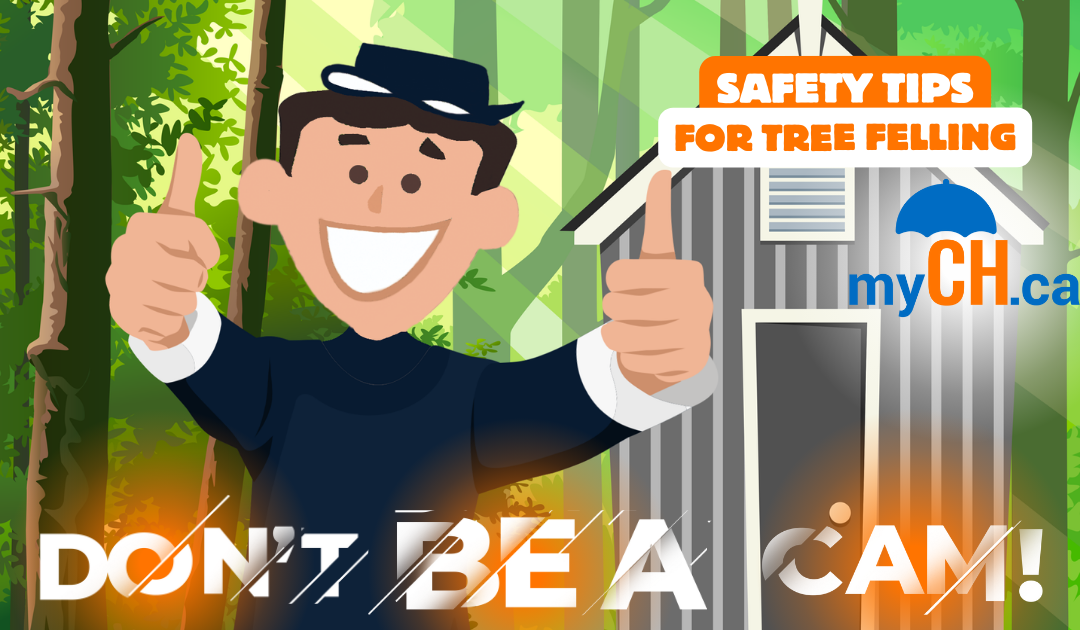In last week’s Cam blog, our main man got his pinky-finger sawed off when tree felling. Cam was able to get his pinky sewn back on, however, we figured we needed to provide some important safety tips for tree felling so that you don’t end up in the same position!
Tree Felling
The Canadian Centre for Occupational Health and Safety provides essential safety considerations when landscaping and tree trimming. You must ensure that you have proper training on all equipment to be used. Special equipment such as an aerial bucket truck or boom also requires the driver to be trained in the operation of this type of vehicle.
Prior to Trimming or Cutting
We recommend following these steps prior to any tree trimming or cutting:
- Inspect the area for the presence of hazards such as downed power lines or broken limbs after a storm.
- Assume all power lines are “live” and contact the utility company to confirm that the line is de-energized.
- Block off a safe area around the tree to prevent bystanders from getting too close to the area where the tree will be felled.
- Always have someone on the ground to watch for potential dangers.
- Inspect the tree for disease, cracking, splits, or broken limbs. Broken limbs can greatly affect the integrity of the tree, making it weaker and in danger of cracking.
- Inspect all fall protection equipment before use and ensure safety ropes are free from any wear or tear.
- Finally, secure ladders to a stable branch.

During Trimming or Cutting
While tree trimming or cutting, take these necessary safety precautions:
- As you climb, smaller dead branches should be broken off.
- For larger branches, make sure you have the proper tools.
- Hands and feet should land on separate branches and move only one at a time.
- Raise or lower tools by attaching hand lines to the end of the tools, not at the center. At the center, tools could catch on branches when being raised or lowered
- Small tools can be placed in a bucket with a hand line attached.
- Always use non-conductive tools and wear personal protective equipment (PPE).
- Exercise caution when making cuts to prevent damage to hand lines, safety ropes, and other equipment.
- Guards should be placed on saws and held by a ring on the worker’s belt.
What to Avoid When Trimming or Cutting
When tree felling, make sure to be aware of the things you should avoid, such as:
- Never use dead branches as support.
- Do not proceed if it’s wet, icy, or in high wind conditions.
- Never leave partially sawed limbs.
- Do not carry tools while climbing.
- Do not use axes or hatchets.
To ensure your safety and that of others, it is recommended that you consult an arborist for professional input prior to trimming or cutting trees.

